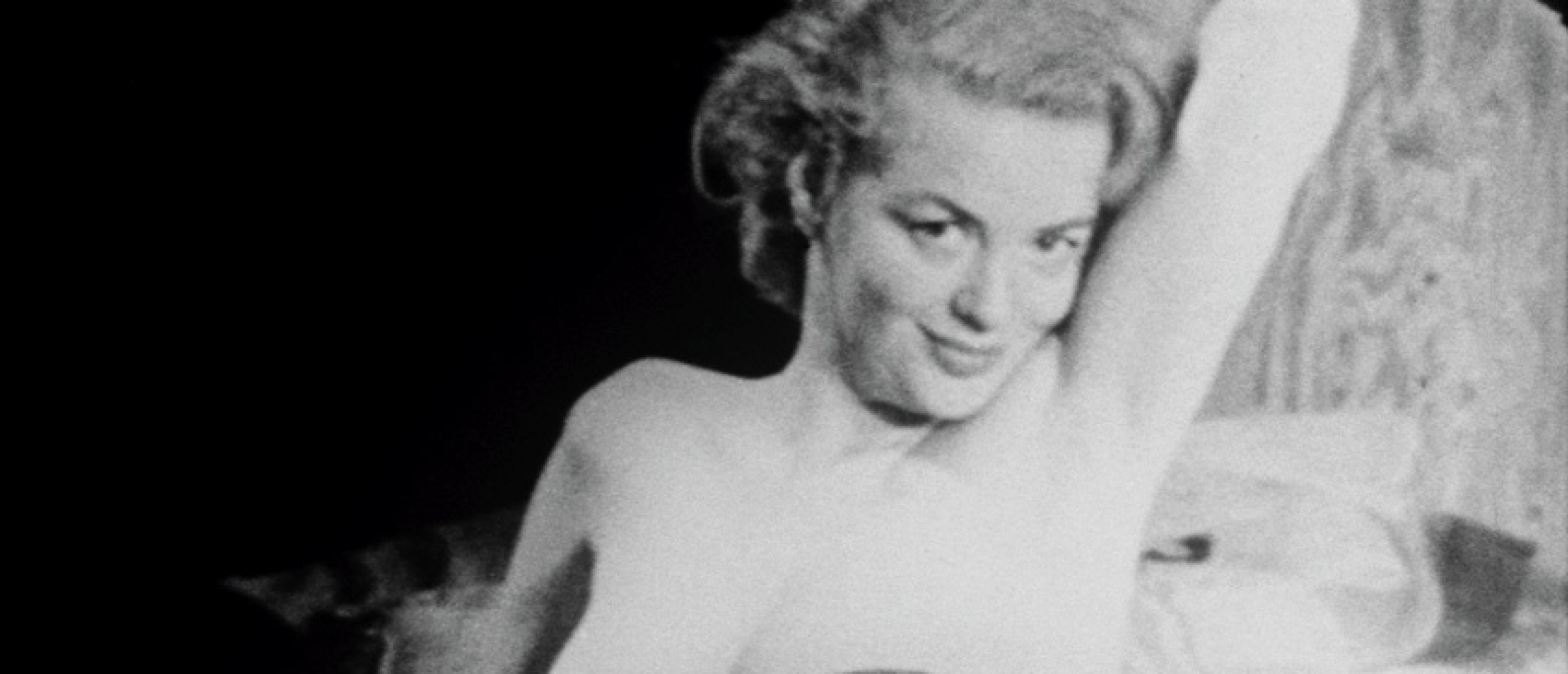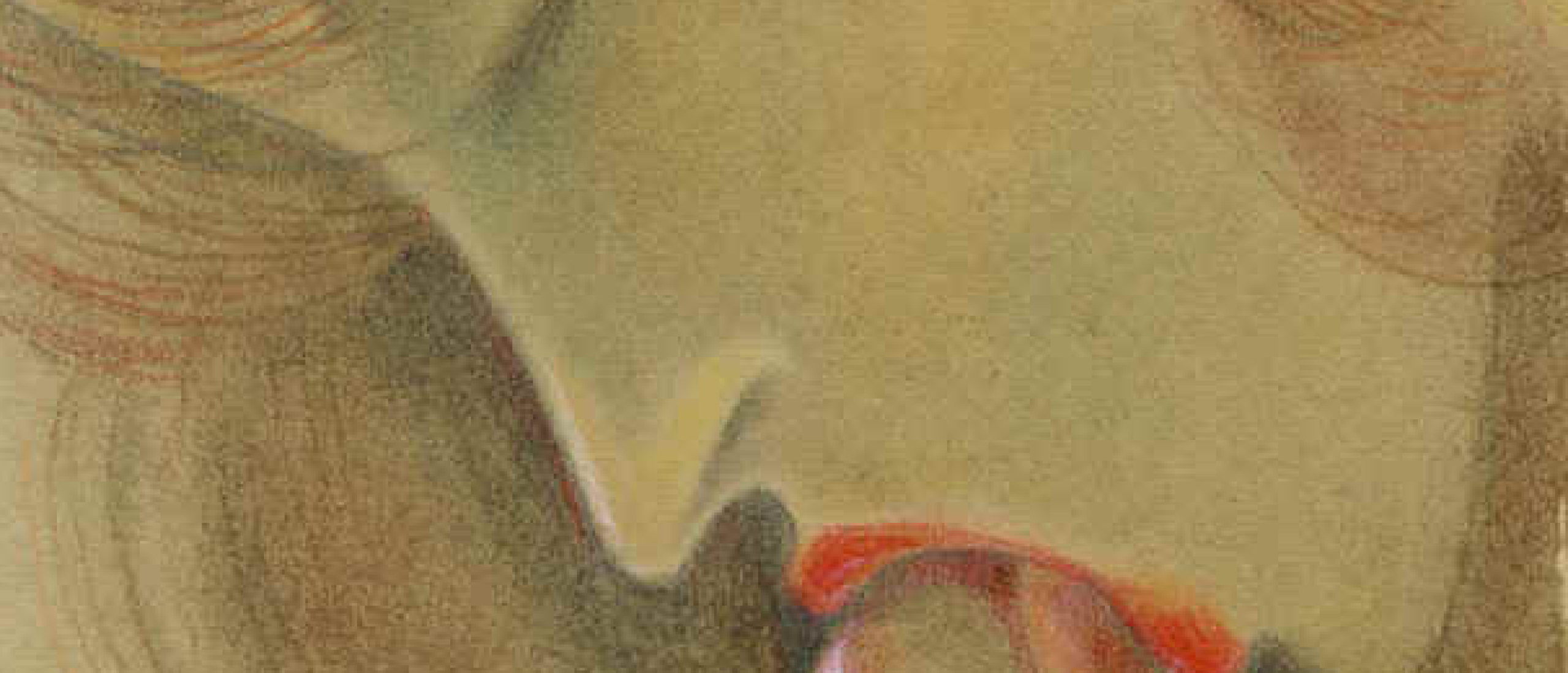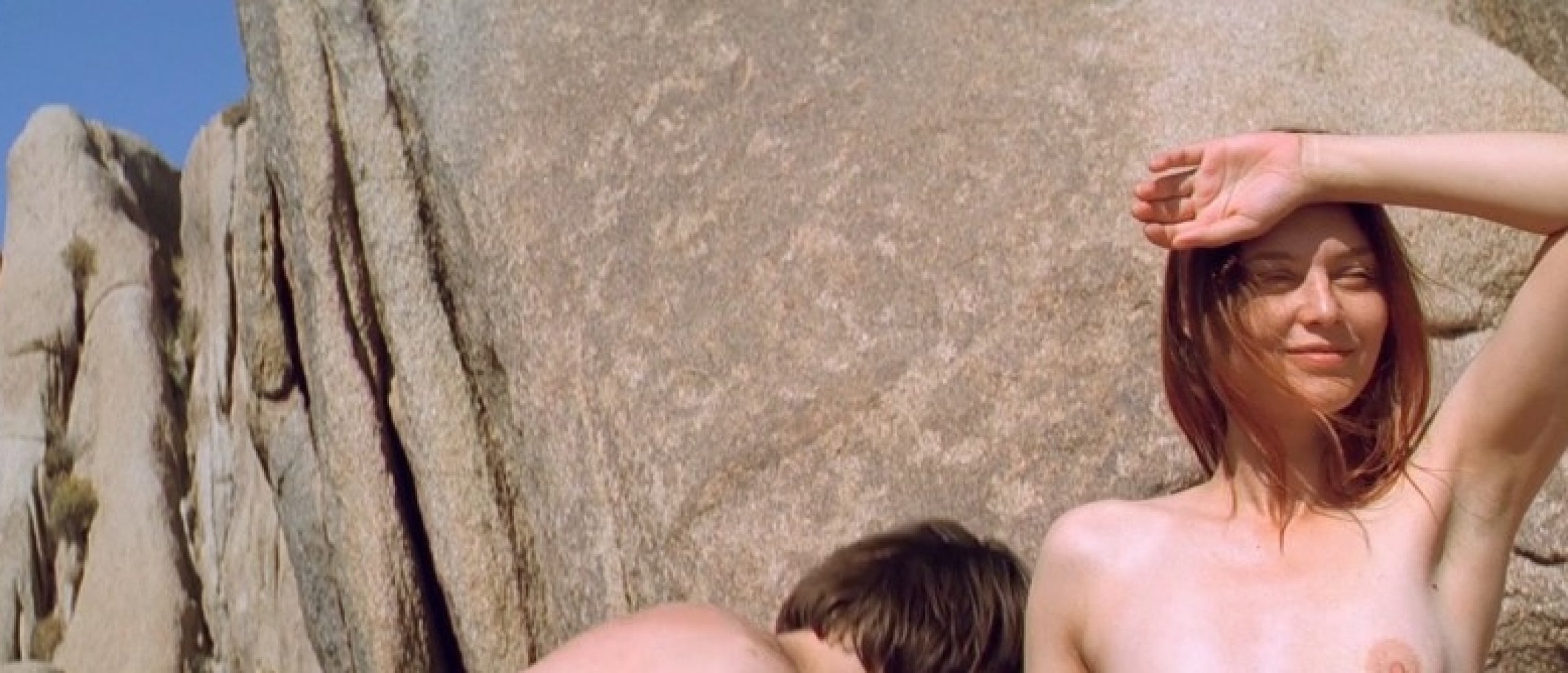
Twentynine Palms (2003) is the third feature-length movie of the remarkable French director-philosopher-visual artist Bruno Dumont. Only in France, one is often tempted to think, movie directors can work on a steady development of a wayward oeuvre. Only in France, there seems to exist a movie culture, supported by a large, frequently visiting audience, with a sufficient amount of interest and ability to bear an explicit artistic cinema. This is especially true for the distinguishly personal featured body of work of Bruno Dumont. His cynical movies, don't bother to please the public.
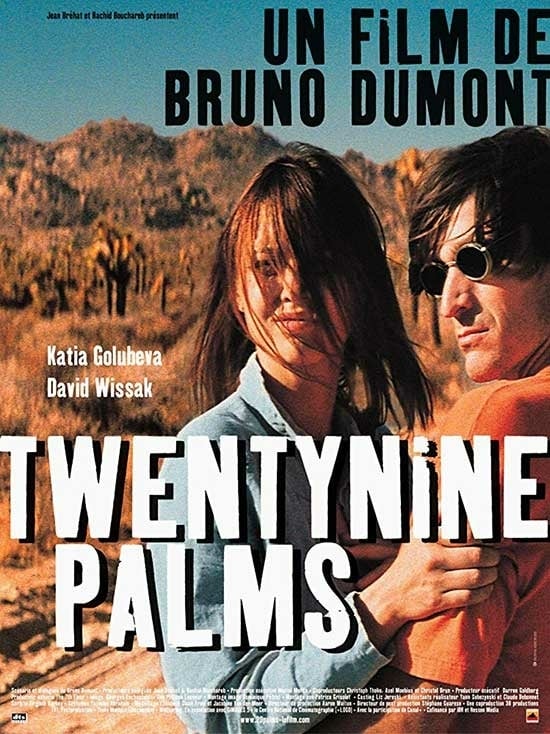
Fig.1. French film affiche Twentynine Palms
Experimental Animal
So, what is it that makes Dumont's work so fascinating? It is especially his vision and eye for detail concerning human behavior. The environment in all his movies, in which the events take place are all desolate places, like the countryside or like in Twentynine Palms, a desert. These kind of places offer the possibility to portray his protagonists in an isolated situation, disconcerted from disturbing factors, so that he can examine their interaction intensively. The countryside functions like a laboratory in which the characters have the space to demonstrate their reactions on each other. The character as an experimental animal; in that sense Dumont's movies are truly experimental.
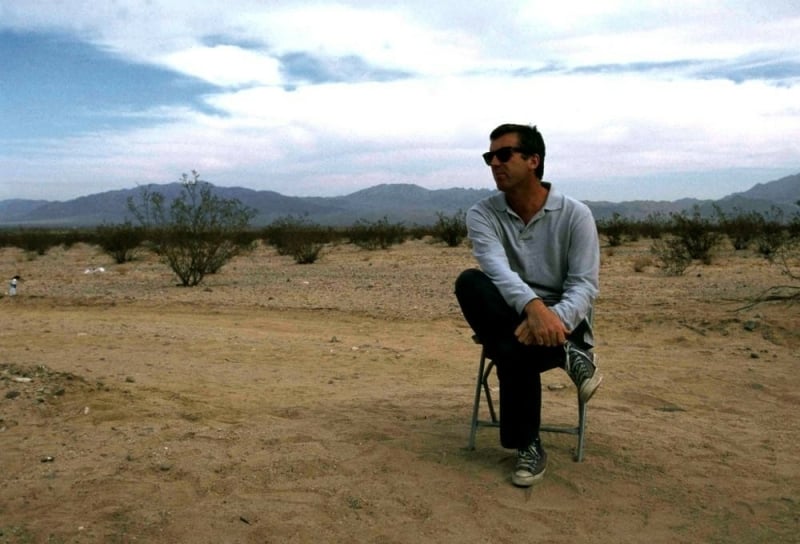
Fig.2. Bruno Dumont on the set of Twentynine Palms
Man Is a Wolf
Also in Twentynine Palms, the protagonists have all the space, the area of Twentynine Palms spans 800,000 acres, but even here it seems impossible to escape homo homini lupus est ('man is a wolf to his fellow man'). This park, the location of the film, is an endlessly barren and abandoned mountainous landscape, in which only yuca's flourish, and windmills. A real wilderness, that in Dumont's vision can be interpreted as a correlate of the wasteland in human relationships.

Fig.3.
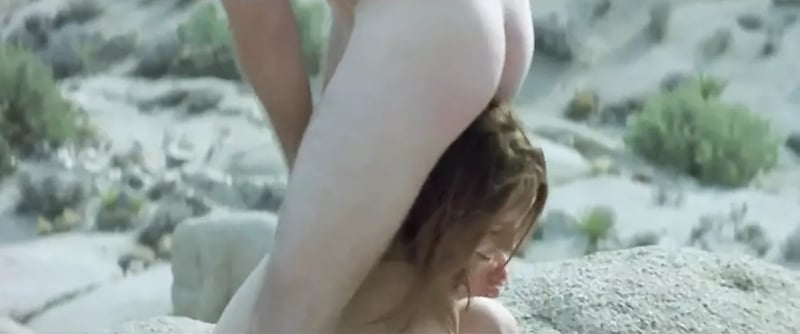
Fig.4.
Exasperation Point
With Twentynine Palms, Dumont enters another, less familiar surroundings than the Northern-French countryside of his first two movies La Vie de Jésus (Life of Jesus) (1997) and L'Humanité (Humanity) (1999) in which the protagonists are grounded in their geographical and social surroundings. The characters in Twentynine Palms seem to be set out in an environment that doesn't seem to be hostile at first, but impersonal and indifferent. Strange is also the relation between the two protagonists themselves, he is a photographer looking for a location, she travels with him. They don't seem to have a previous history together. To this lack of familiarity, Dumont also added another layer, by giving his actors very minimal directions, pushing them to an exasperation point.
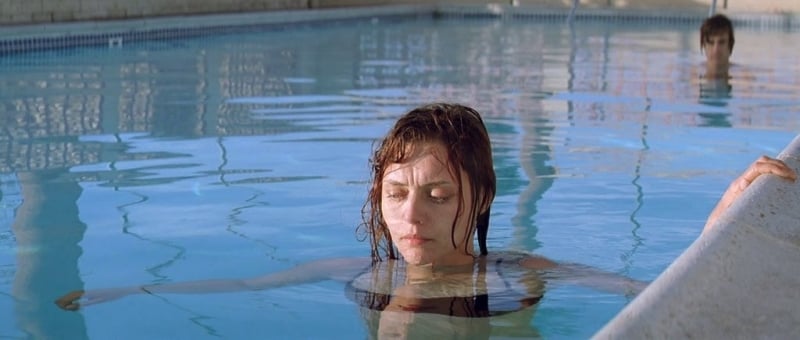
Fig.5.

Fig.6.
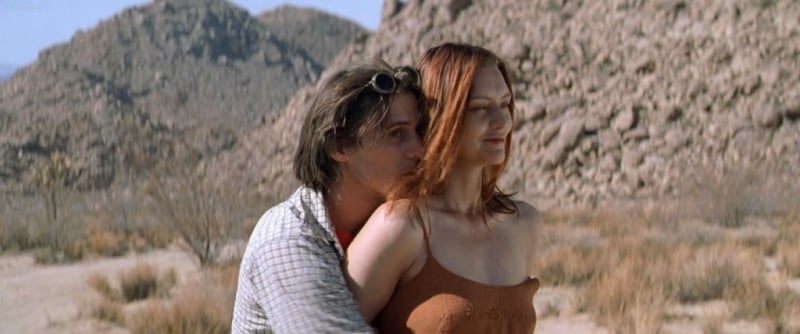
Fig.7.
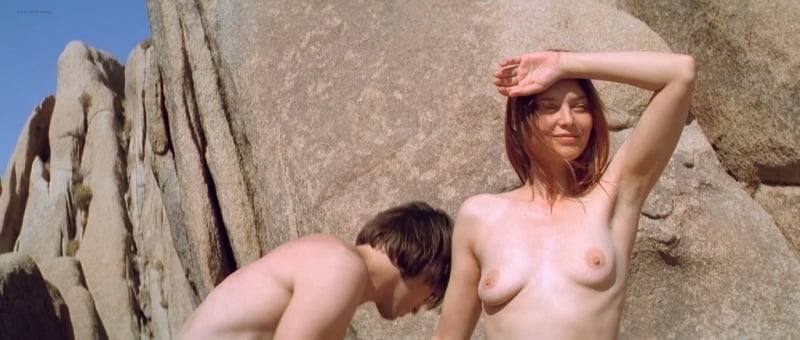
Fig.8.
In the Premium edition of the article you can discover more about the wafer-thin fictitious layer and the non-linear events to enhance the tension, the inclusion of explicit sex scenes, Dumont's view on evil and many additional images. Premium members can click here for instant access!
Click HERE for for our treatise on the shock movie 'A Serbian Film '
Have you seen Twentynine Palms? What is your opinion? Leave your reaction in the comment box below...!!


